

Set Screws are headless screws, typically used to secure an object within or against another object, often without the use of a nut. They are commonly used to prevent rotational movement, such as fixing a pulley or gear onto a shaft. This guide will delve into the different types of set screws, their materials, applications, and how to choose the right one for your needs. Hebei Muyi Import&Export Trading Co.,Ltd specializes in providing high-quality fasteners, including various types of set screws for diverse applications. What are Set Screws?A set screw is a type of screw generally used to secure an object to another object. Unlike standard screws, set screws are typically headless (also known as blind), meaning they have no head projecting past the thread. They are often used to hold a rotating part onto a shaft, preventing relative motion between the two parts.Types of Set ScrewsSet screws come in a variety of point styles, each suited for different applications. Here's a breakdown of some common types:Cup Point Set ScrewsCup point set screws are the most common type. They feature a concave cup at the tip that provides good holding power by digging into the mating surface. They are suitable for general purpose applications where a permanent hold is required.Cone Point Set ScrewsCone point set screws have a pointed tip that provides a very secure hold, even on hardened surfaces. They offer high holding power but can cause damage to the mating surface if over-tightened. They are commonly used in applications requiring precise positioning.Flat Point Set ScrewsFlat point set screws have a flat, smooth tip that minimizes damage to the mating surface. They provide a moderate holding power and are suitable for applications where frequent adjustments are needed or where the mating surface is delicate. These are commonly used in applications such as adjusting linear motion components.Dog Point Set ScrewsDog point set screws feature a cylindrical extension at the tip. They are often used with a drilled hole in the mating part to provide a very strong and precise hold. This prevents the screw from moving laterally. They are also known as a 'pin' type of set screw.Knurled Cup Point Set ScrewsKnurled cup point set screws combine the holding power of a cup point with a knurled (roughened) surface on the cup. This improves grip and reduces the risk of loosening, especially in vibration-prone environments.Materials Used in Set ScrewsThe material of a set screw significantly impacts its strength, durability, and corrosion resistance. Here are some common materials: Alloy Steel: Offers high strength and is often heat-treated for increased hardness. Commonly used in high-stress applications. Stainless Steel: Provides excellent corrosion resistance, making it suitable for outdoor or wet environments. Offers good strength but typically less than alloy steel. Brass: Offers good corrosion resistance and is non-magnetic. Softer than steel, so it's less likely to damage the mating surface. Nylon: Provides insulation, vibration dampening, and good chemical resistance. Suitable for light-duty applications.Applications of Set ScrewsSet Screws are found in a wide variety of applications, including: Securing Pulleys and Gears: Holding rotating parts onto shafts in machinery and equipment. Adjusting Mechanisms: Precisely positioning components in mechanical systems. Fastening Levers and Knobs: Securing handles and controls in various devices. Preventing Movement: Locking components in place to prevent slippage or rotation. Die Set Assembly: Securing die components to die shoes for stamping or cutting operations.Choosing the Right Set ScrewSelecting the appropriate set screw depends on several factors: Holding Power: Determine the required holding force based on the application. Mating Surface Material: Consider the hardness and sensitivity of the mating surface. Environmental Conditions: Choose a material that can withstand the operating environment (e.g., corrosion resistance for outdoor use). Frequency of Adjustment: If frequent adjustments are needed, opt for a flat point or other non-marring type. Thread Type: Select the appropriate thread size and pitch for the application. Common thread types include metric and unified national coarse (UNC).Installation Tips for Set ScrewsProper installation is crucial for achieving optimal holding power and preventing damage. Here are some tips: Use the Correct Tool: Use the appropriate Allen wrench or screwdriver to tighten the set screw. Apply Proper Torque: Tighten the set screw to the recommended torque specification. Over-tightening can damage the screw or the mating surface. Consider a Flat Spot: For enhanced holding power, consider creating a flat spot on the shaft for the set screw to bear against. Use Thread Locker: For applications subject to vibration, use a thread-locking compound to prevent loosening.Set Screw Sizes and StandardsSet screws are manufactured according to various industry standards, such as ASME (American Society of Mechanical Engineers) and DIN (Deutsches Institut für Normung). These standards specify dimensions, materials, and performance requirements. Common sizes range from small machine screw sizes (e.g., #0-80) to larger sizes (e.g., 1/2'-13). Metric sizes are also widely available. Hebei Muyi Import&Export Trading Co.,Ltd offers set screws in a range of sizes and materials to meet your specific needs. Visit our website to explore our selection.Troubleshooting Common Issues with Set ScrewsHere are some common problems encountered with set screws and how to address them: Stripped Threads: Caused by over-tightening or using the wrong tool. Replace the set screw and avoid excessive torque during installation. Loosening: Can occur in vibration-prone environments. Use a thread-locking compound or a knurled cup point set screw. Damage to Mating Surface: Caused by using a sharp-pointed set screw on a soft material. Use a flat point or cup point set screw instead. Difficulty Removing: If a set screw is seized, try applying penetrating oil and using heat to loosen it.Torque Specifications for Set ScrewsApplying the correct torque is crucial for proper set screw function. The following table provides general torque guidelines for common sizes of alloy steel set screws. These values are approximate and should be verified against the manufacturer's specifications. Screw Size Torque (in-lbs) Torque (Nm) #.56 #.0 #.7 #./4'-.6 Disclaimer: These values are for reference only. Always consult the manufacturer's specifications for accurate torque recommendations.ConclusionSet Screws are essential fasteners for a variety of applications, providing a simple and effective way to secure components. By understanding the different types, materials, and installation techniques, you can choose the right set screw for your needs and ensure reliable performance. Whether you're in manufacturing, repair, or DIY projects, knowing about set screws can save time and prevent problems. Hebei Muyi Import&Export Trading Co.,Ltd is a leading supplier of high-quality fasteners. Contact us today to find the perfect set screws for your business.About Hebei Muyi Import&Export Trading Co.,LtdHebei Muyi Import&Export Trading Co.,Ltd is committed to providing customers with high-quality fastener products and services. With years of experience in the industry, we offer a comprehensive range of set screws, bolts, nuts, and other fasteners to meet diverse application requirements. Our focus on quality, reliability, and customer satisfaction sets us apart as a trusted supplier in the global market.

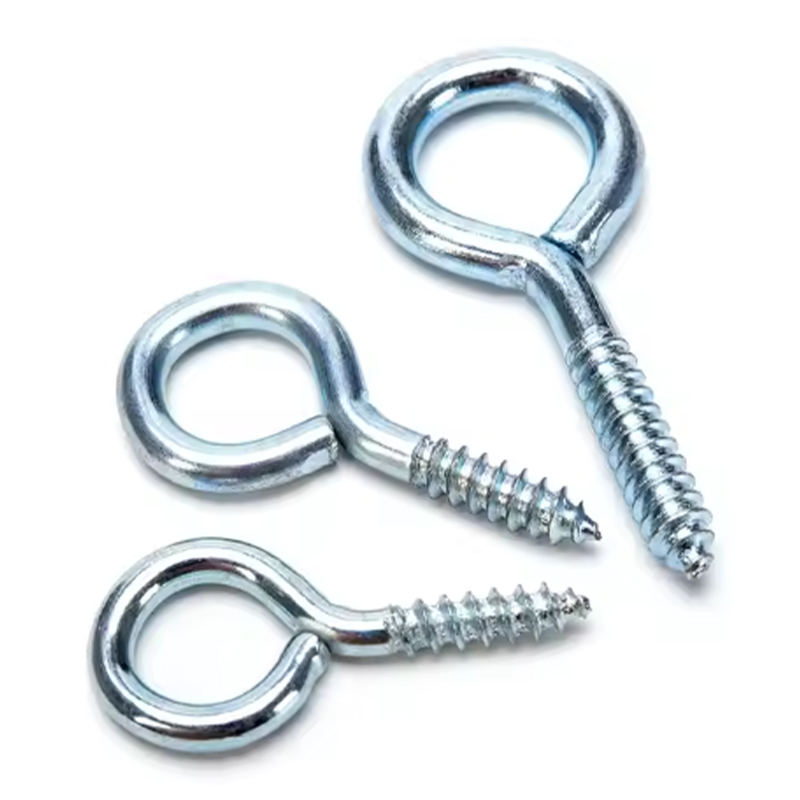
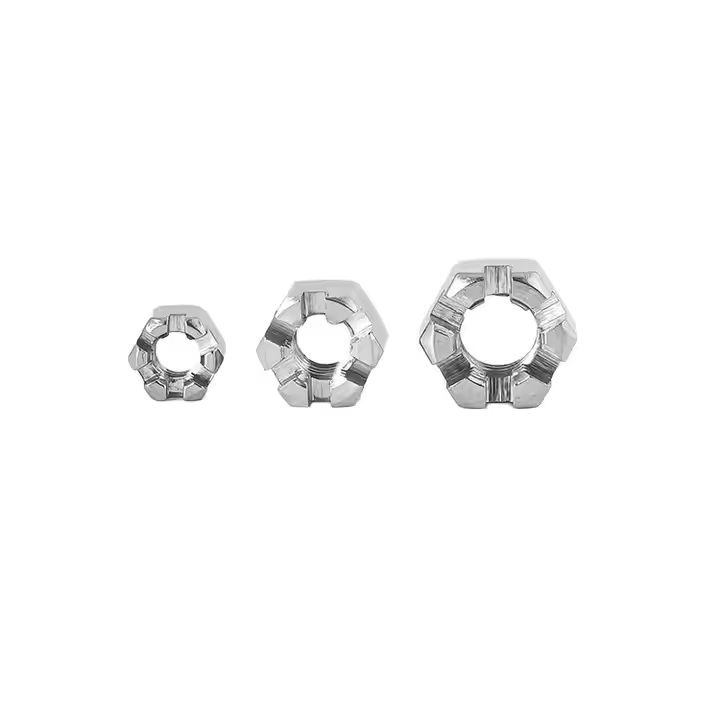
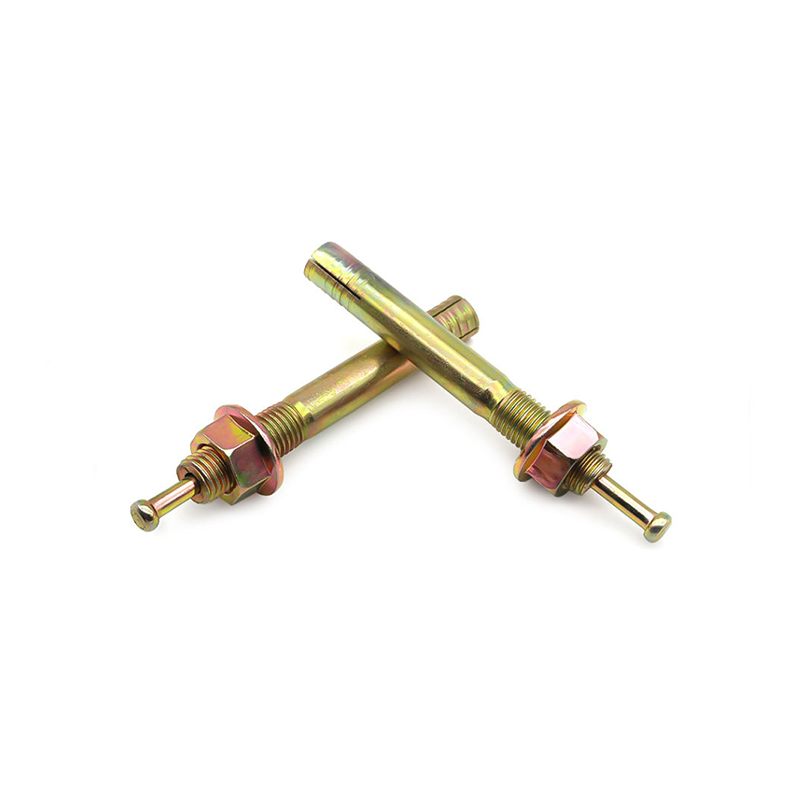
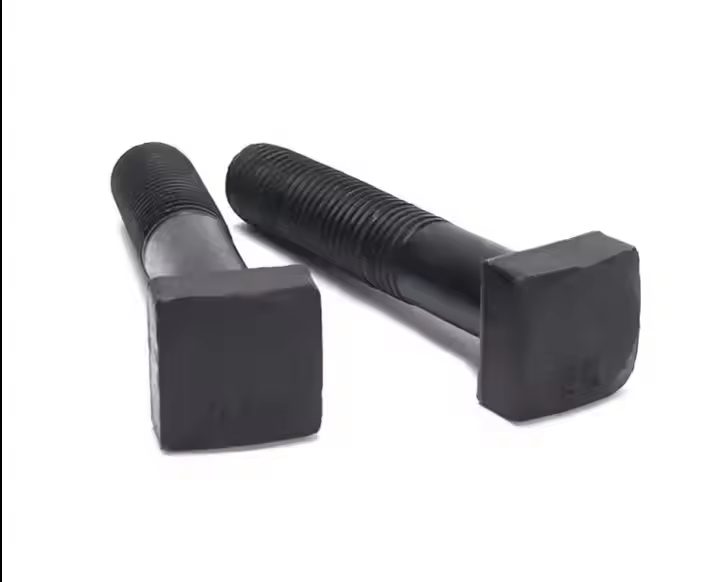
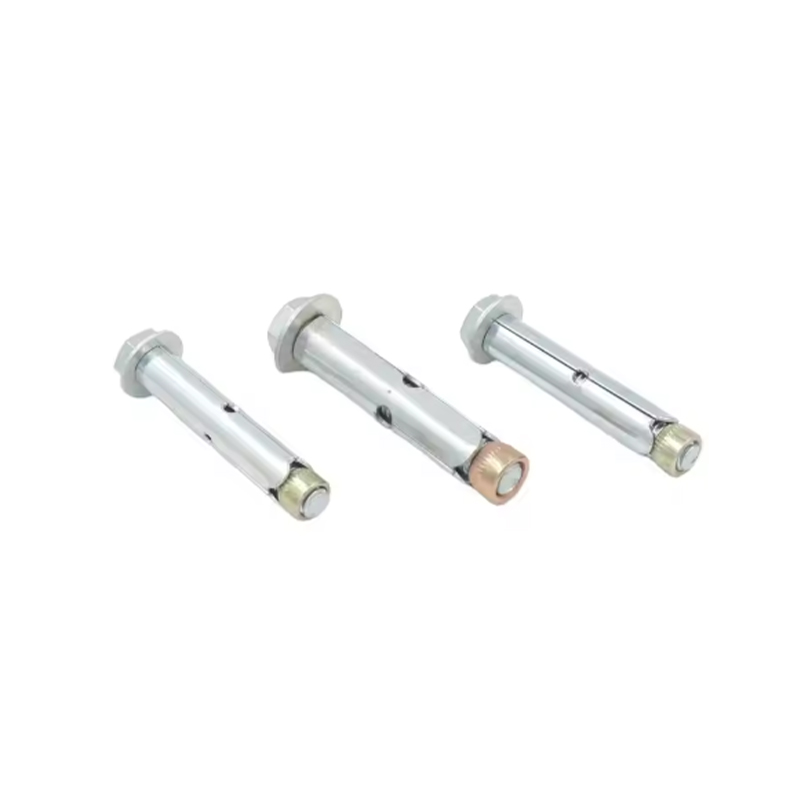
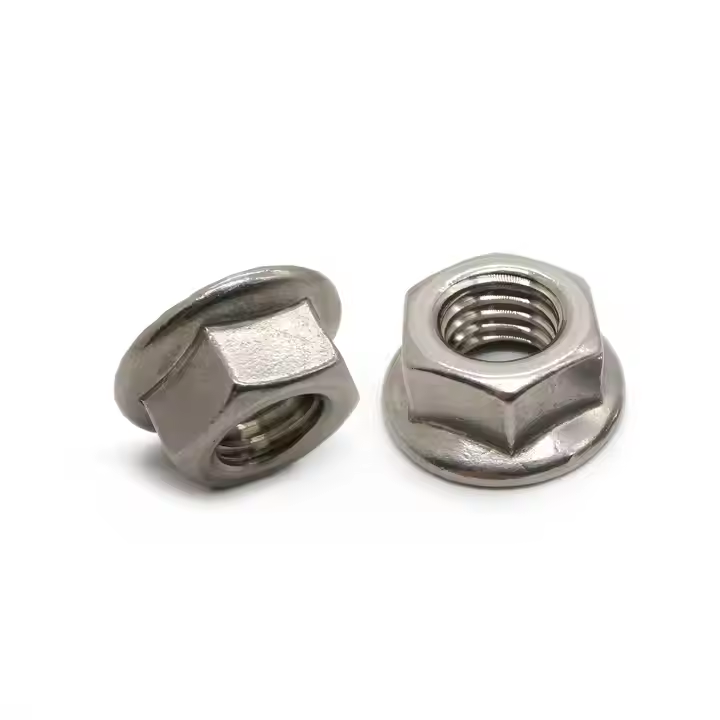
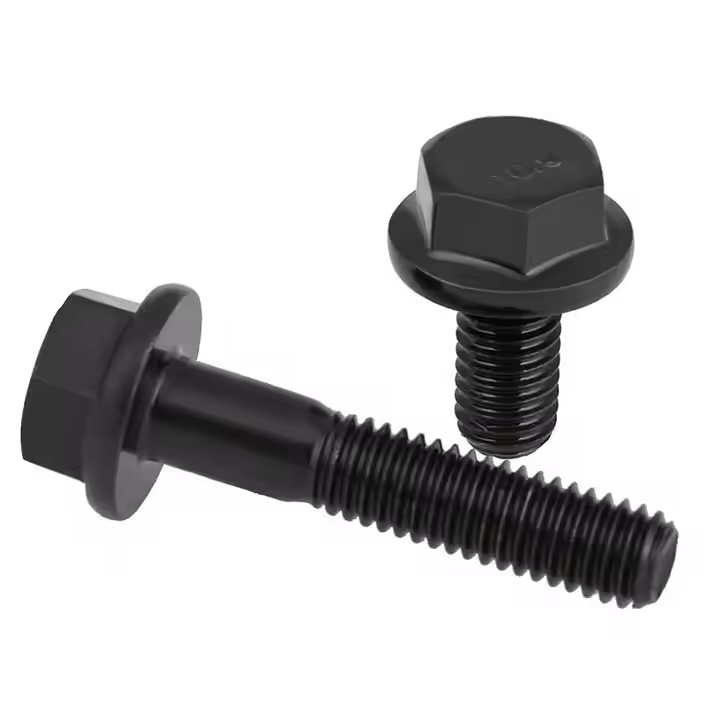
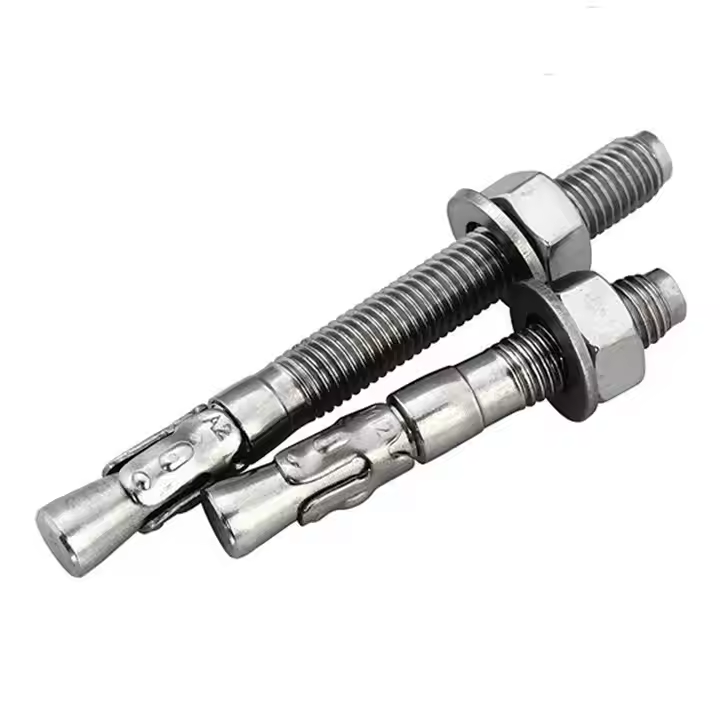

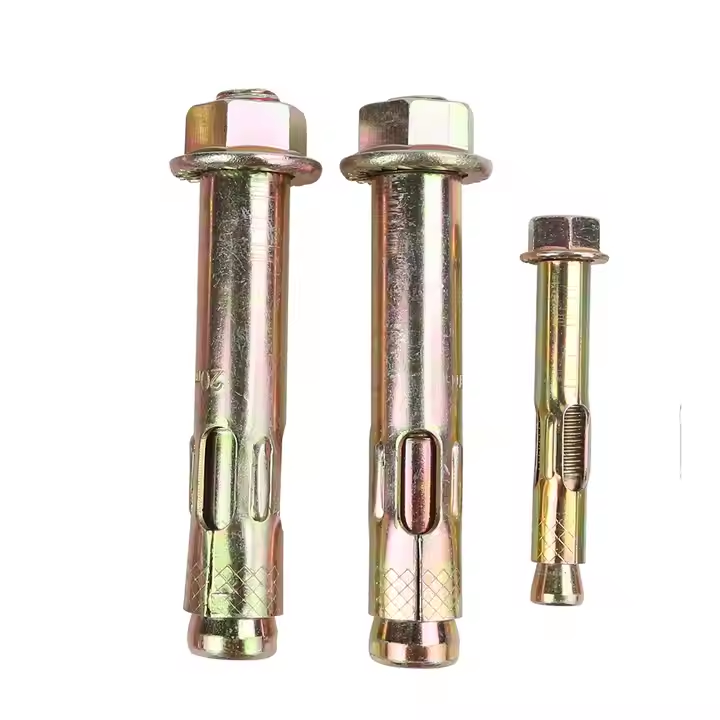
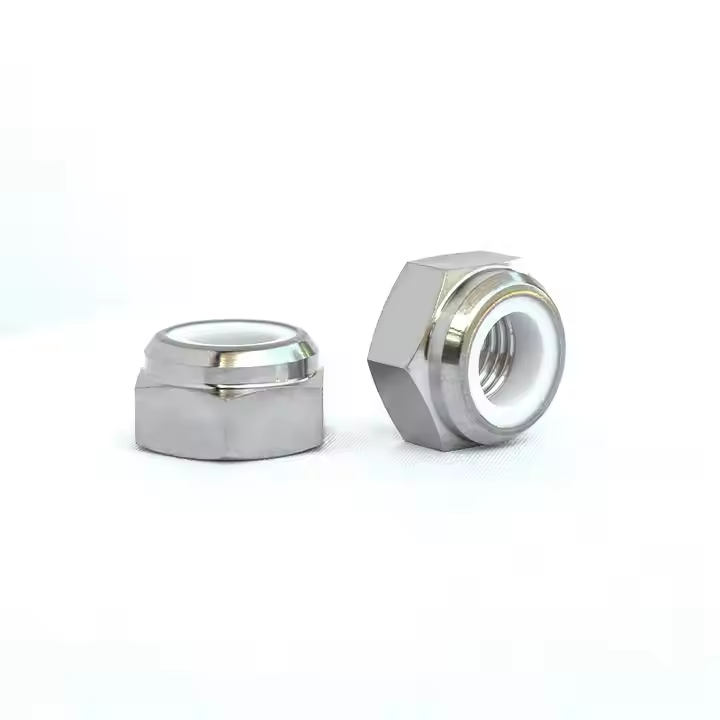
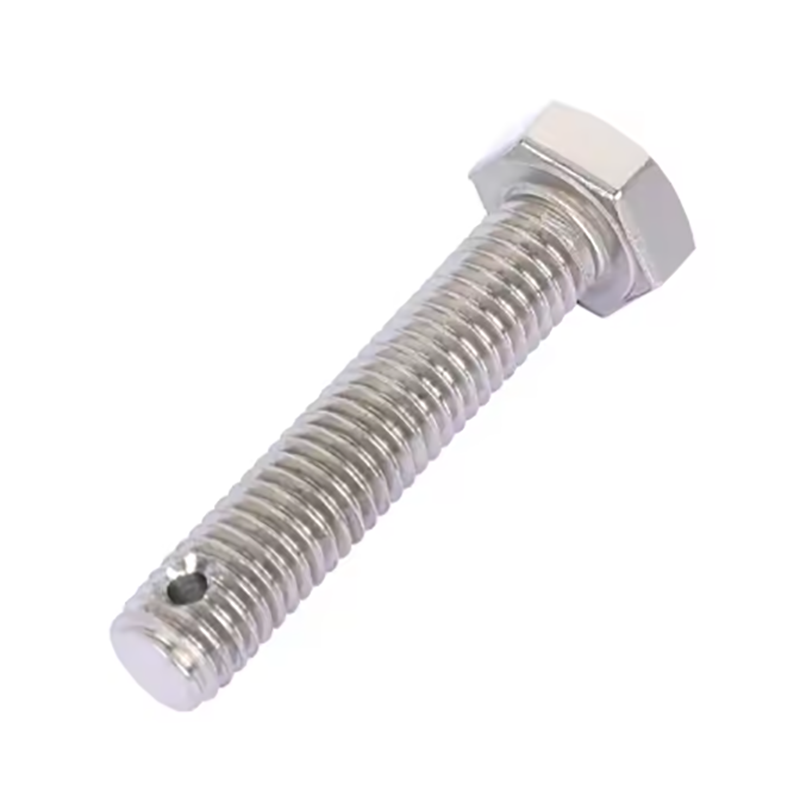
Please enter your email address and we will reply to your email.